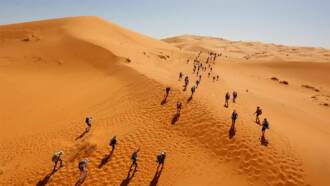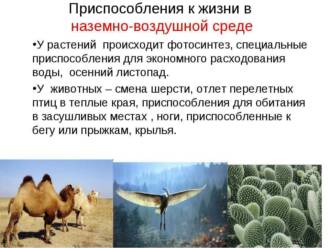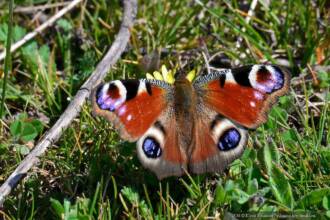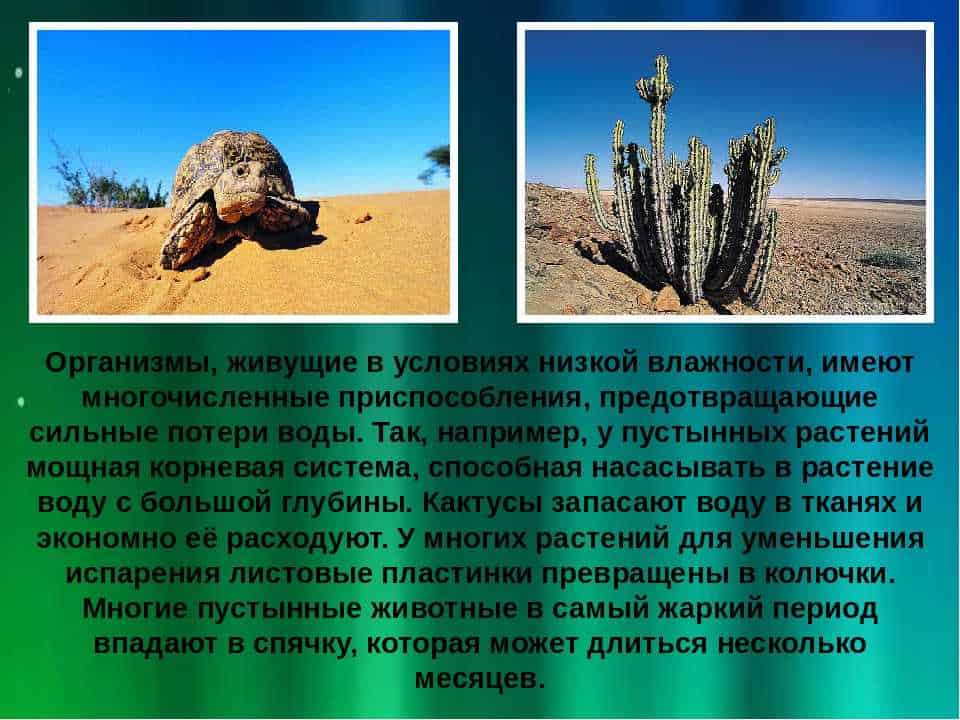
Deserts are one of the harshest and most uninhabitable places on our planet. High temperatures, low humidity and limited access to food make the desert an extremely unattractive place to live. However, even in such conditions, there are amazing creatures that can survive and thrive. One of these wonders of nature are desert butterflies.
Desert butterflies are small but colorful insects that are in a constant struggle for survival. They have adapted to life in the desert by developing unique strategies and mechanisms that enable them to cope with extreme conditions. One such strategy is the ability of desert butterflies to conserve moisture. They have special mechanisms that allow them to retain moisture in their bodies and avoid dehydration.
In addition, desert butterflies have unique thermoregulatory mechanisms. They are able to regulate their body temperature to avoid overheating or hypothermia. Some species of desert butterflies can even change the color of their wings to reflect the sun's rays and reduce heat absorption.
An important aspect of the survival of desert butterflies is also their feeding strategy. In conditions of limited access to food, they have developed unique mechanisms for finding and assimilating food. Some species of desert butterflies are able to feed not only on the nectar of flowers, but also on plant juices, pollen, and even animal excrement.
Desert butterflies: features and adaptations to desert conditions
Desert butterflies are amazing animals that have adapted to life in the harsh conditions of desert areas. They have a number of unique features and adaptations that allow them to survive in such unfavorable conditions.
Structural features

Desert butterflies have structural features that help them cope with high temperatures and lack of water. One of these features is the presence of dense scales on the wings, which helps prevent moisture from evaporating. In addition, some species have special body hairs that help them retain moisture.
Nutritional adaptations
In a desert environment, food is a scarce resource, so desert butterflies have evolved unique adaptations for finding and obtaining food. They have long proboscises that allow them to reach deep-seated flowers or nectar. In addition, some species can feed on plant sap or drink moisture with a proboscis from sandy surfaces.
Protection methods
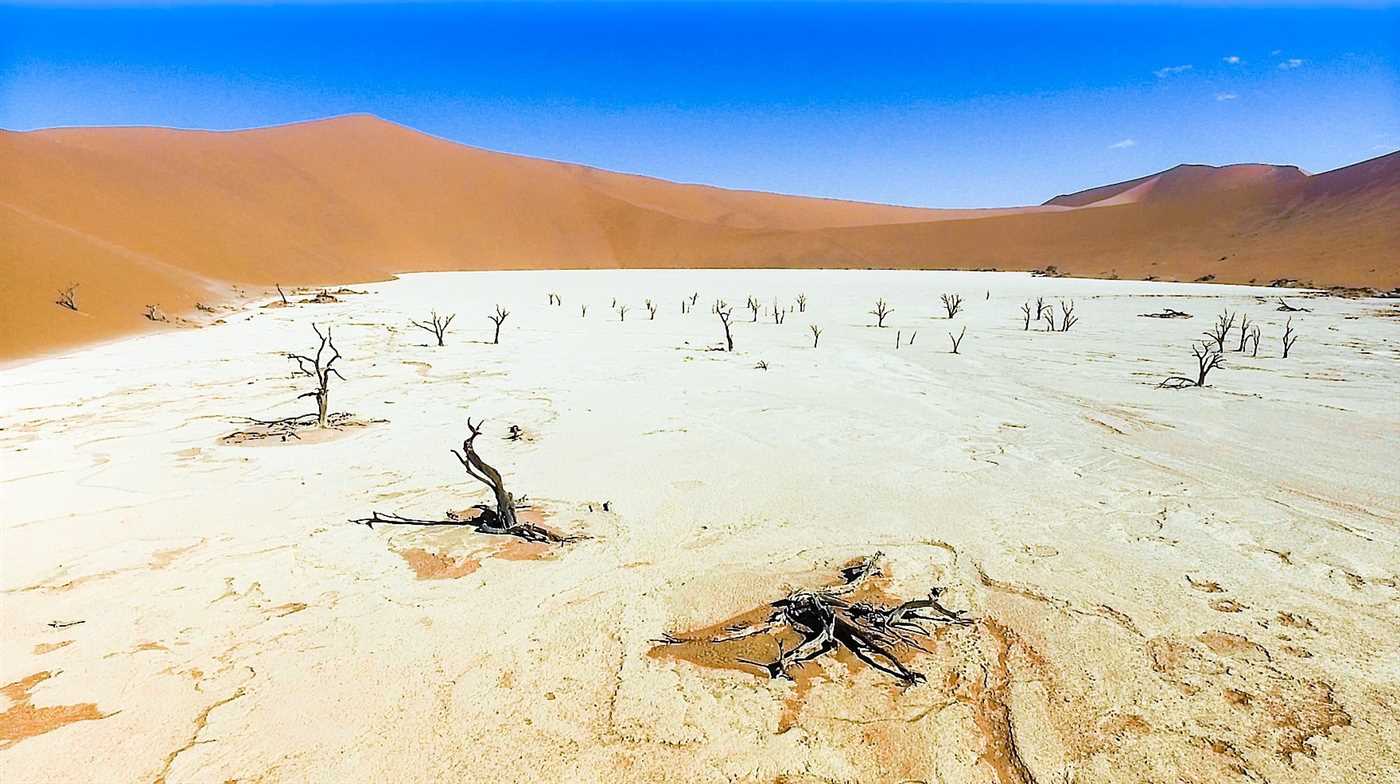
Desert butterflies also have ways of protecting themselves from predators. They may be brightly colored or camouflage to match their environment to help them avoid danger. Some species may also release foul odors or poisonous substances to deter predators.
Reproduction and development
Desert butterflies have breeding and developmental features that allow them to successfully survive in desert conditions. They may have special mechanisms for laying eggs to ensure the survival of offspring in adverse conditions. In addition, some species have developed caterpillar-stage adaptations that allow them to cope with the lack of food and water.
Overall, desert butterflies are amazing creatures that have adapted to life in extreme desert conditions. Their features and adaptations allow them to survive and thrive in such adverse conditions.
Range and migration of desert butterflies

Desert butterflies inhabit various desert regions around the world such as the Sahara, the Arabian Desert and the Australian Desert. Their distribution range covers vast areas with a minimum amount of moisture and an abundance of sand dunes. Desert butterflies are able to adapt to the extreme conditions of desert regions due to their unique adaptive mechanisms.
One of the key survival mechanisms of desert butterflies is their migration. In desert conditions, where resources are limited, desert butterflies are forced to search for food and water over long distances. They are able to overcome significant distances, moving from one place to another in search of more favorable conditions.
The migrations of desert butterflies are carried out due to their ability to fly long distances. They use the wind to move and actively use the thermal currents that occur in desert regions. Such air currents, generated due to differences in temperature, allow butterflies to glide over long distances while saving energy.
Desert moth migrations can take many forms: some species travel short distances within their range, while others may migrate hundreds or even thousands of kilometers in search of new breeding and habitat areas. These migrations are an important factor in ensuring the survival of desert butterflies in desert regions.
Morphology and body structure of desert butterflies

Desert butterflies, living in the harsh conditions of desert regions, have a special morphology and body structure that help them survive in such adverse conditions.
One of the features of the morphology of desert butterflies is their compact body. They have short legs and wings, which allows them to move easily in sandy environments. In addition, their bodies are usually very small, which helps to reduce the evaporation of moisture and ensures the conservation of water resources.
The body structure of desert butterflies also includes leathery covers that protect them from overheating and moisture loss. These covers have special microstructures that reflect the sun's rays and reduce the thermal effect on the body of butterflies. In addition, a sandy crust forms on the leathery integuments of desert butterflies, which also helps them retain moisture.
Another feature of the morphology of desert butterflies is their antennae. These organs serve them for orientation in space and search for food. The antennae of desert butterflies are usually long and thin, allowing them to easily detect scents and other chemical signals in their environment.
Features of nutrition and search for food in desert conditions
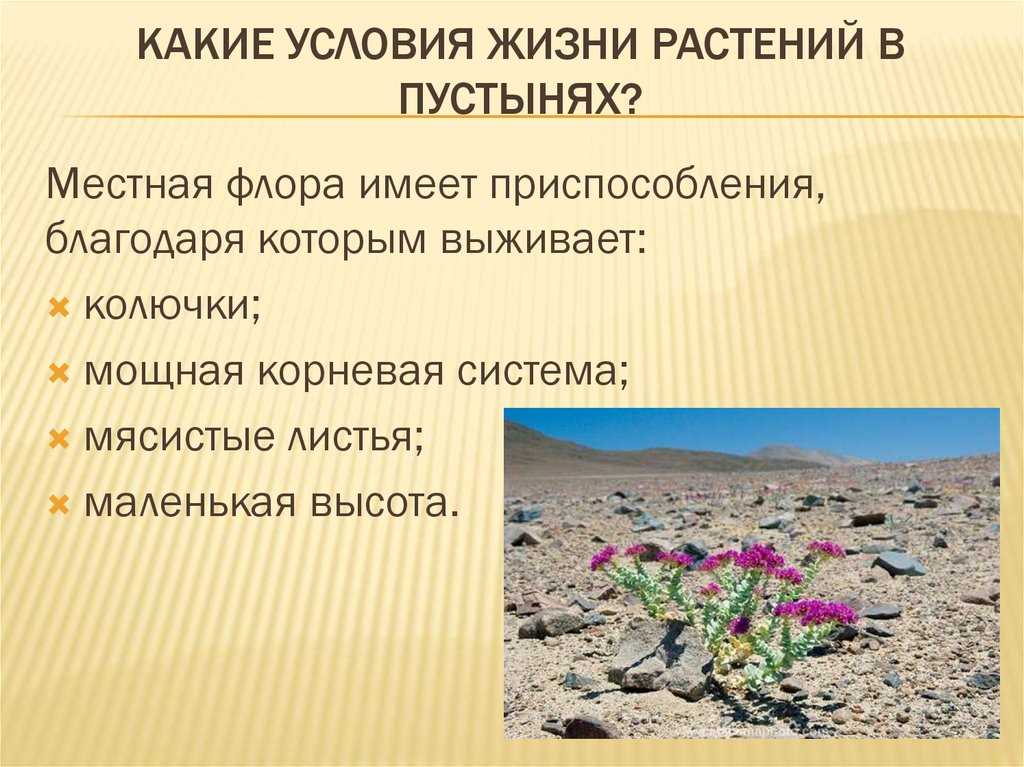
Desert butterflies inhabiting the harsh conditions of deserts have special adaptations in feeding and foraging.
Dry climate and lack of moisture are the main challenges for desert fauna. The desert has limited water and vegetation, making it difficult for butterflies to find food.
However, desert butterflies develop unique strategies to search for food. They can use scent signals to find plants with nectar and pollen, which are their main food. In addition, some types of butterflies can use ultraviolet glow plants to determine their availability and quality.
An important aspect of the nutrition of desert butterflies is also vegetation cover desert. Butterflies can be specialized for certain types of plants that only grow in desert environments. This means that desert butterflies could be very important pollinators for these plants, helping them to reproduce and survive in extreme environments.
Some desert butterflies also have connections with ants that help them find food. Butterflies can secrete sweet secretions that attract ants and stimulate them to search for food for the butterflies.
In general, desert butterflies have adaptations that allow them to survive in the harsh environment of deserts. Their unique foraging strategies and communication with land cover and ants allow them to survive extreme environments and play an important role in the desert ecosystem.
Protection mechanisms against extreme temperatures and dryness
Desert butterflies have unique mechanisms that allow them to survive in the harsh desert environment. One of the key defense mechanisms is the ability of butterflies to regulate their temperature. During the heat, they are able to reduce their activity and take cover in the shade to avoid overheating. When night falls and the temperature drops, they can fire up their muscles to warm up and maintain the optimum temperature for their life.
In addition, desert butterflies have a special skin structure that helps them retain moisture. Their skin has a high density and is covered with a protective layer of wax that prevents moisture from evaporating. This allows the butterflies to retain moisture in their bodies for long periods without precipitation.
Butterflies have also developed an efficient gas exchange system that helps them adapt to the low oxygen content of the desert atmosphere. They are able to attract oxygen to themselves with the help of special organs located on their body, and use it as efficiently as possible for their life processes.
Thus, desert butterflies have a number of adaptive mechanisms that allow them to survive in the extreme conditions of the desert. Their ability to regulate temperature, conserve moisture, and use oxygen efficiently makes them unique creatures adapted to life in harsh desert environments.
Reproduction and development of desert butterflies

The reproduction and development of desert butterflies occurs in conditions of extreme dryness and high temperatures of the desert climate. These butterflies have adapted to life in the desert and develop in accordance with its characteristics.
Male and female desert butterflies perform a special ritual before breeding. The male approaches the female with his sensitive antennae to determine if she is ready to breed. They exchange pheromones that help them identify each other and prepare for mating.
After a successful mating, the female lays her eggs on suitable plants in the desert. The eggs are covered with a protective shell that prevents them from drying out. Desert butterflies breed very quickly to complete their life cycle before desert conditions become even more unfavorable.
After hatching, the larvae of desert butterflies begin to actively feed on plant food, which is the main food source for them. They have adapted to the limited resources of the desert and look for food where it is available.
After several stages, the larva turns into a pupa. The pupa has a protective shell that allows it to survive in conditions of high temperature and lack of moisture. Metamorphosis processes take place inside the pupa, and after a while an adult butterfly hatches from it.
A new desert butterfly emerges from the chrysalis and begins its life in the desert. She continues the cycle of reproduction and development, and also adapts to the harsh conditions of the desert in order to survive and pass on her genes to the next generation.
Interactions of desert butterflies with other desert organisms
Desert butterflies are an important part of the desert ecosystem and interact with other organisms in this harsh environment.
Interaction with plants

Desert butterflies play an important role in the pollination of desert plant flowers. They feed on the nectar that plants produce, and when they visit flowers, they carry pollen from one flower to another, facilitating their pollination and reproduction.
Interaction with predators
In the desert environment, desert butterflies are prey for various predators. They often become food for desert birds, lizards and insectivorous beetles. Some species of desert butterflies have evolved defense mechanisms, such as bright colors or venom, to deter predators and improve their chances of survival.
Interaction with other butterflies
Desert butterflies may compete with other butterfly species, especially for access to resources such as food and breeding sites. They can also enter into symbiosis with some ant species, receiving protection and food from the ants, in return providing them with sweet secretions or protecting their larvae from other predators.
Thus, desert butterflies actively interact with other desert organisms, playing an important role in the biological processes and balance of this ecosystem.
Read more:
